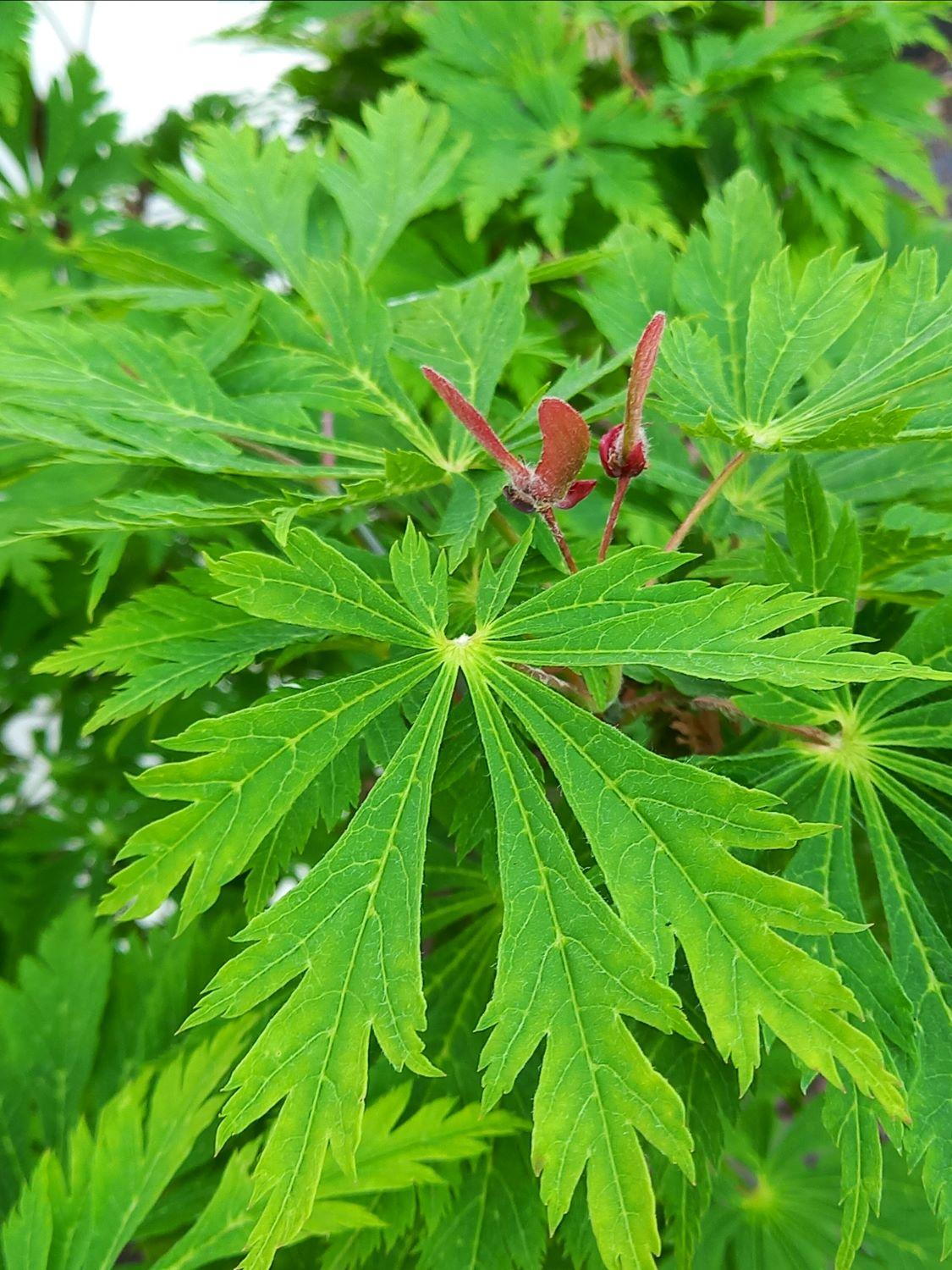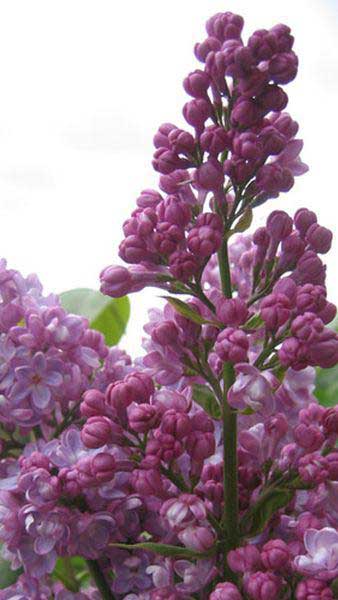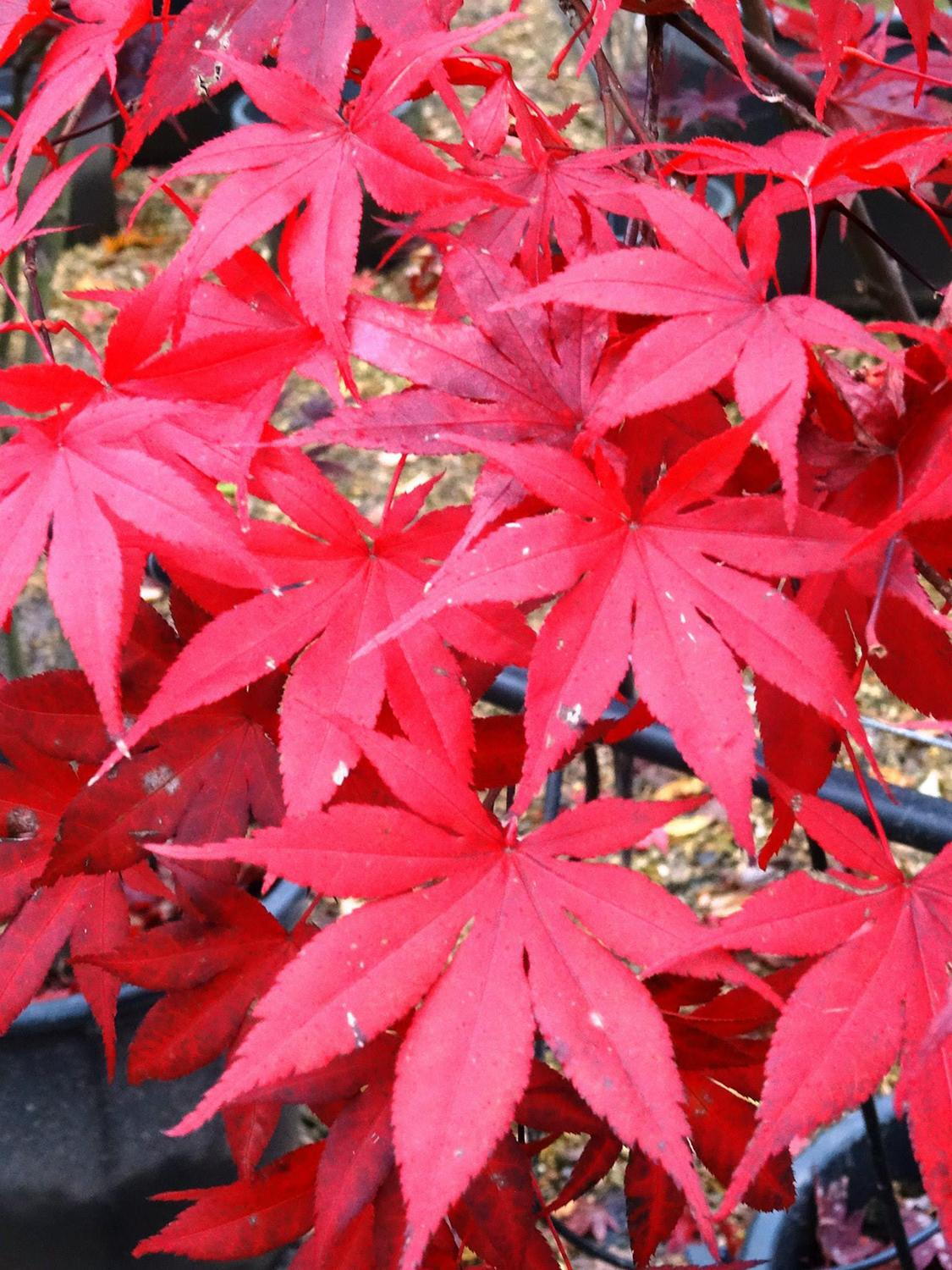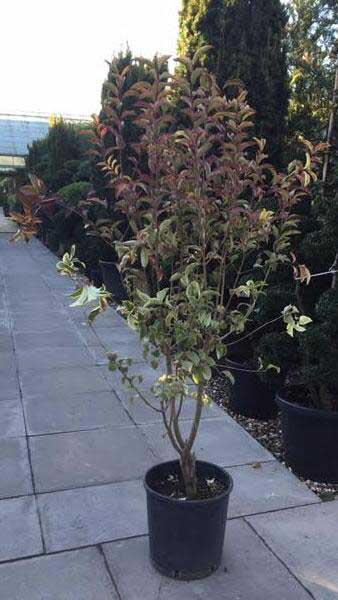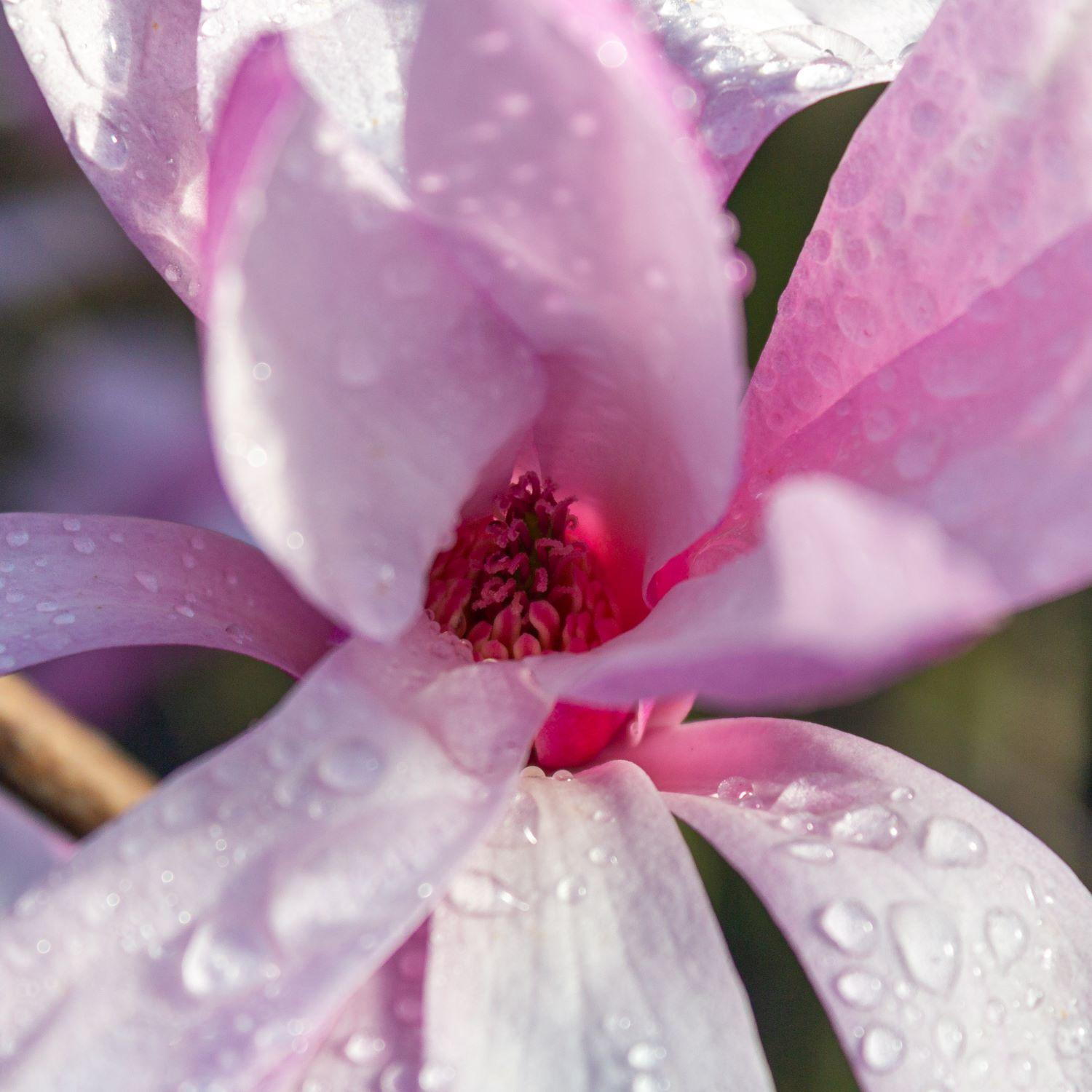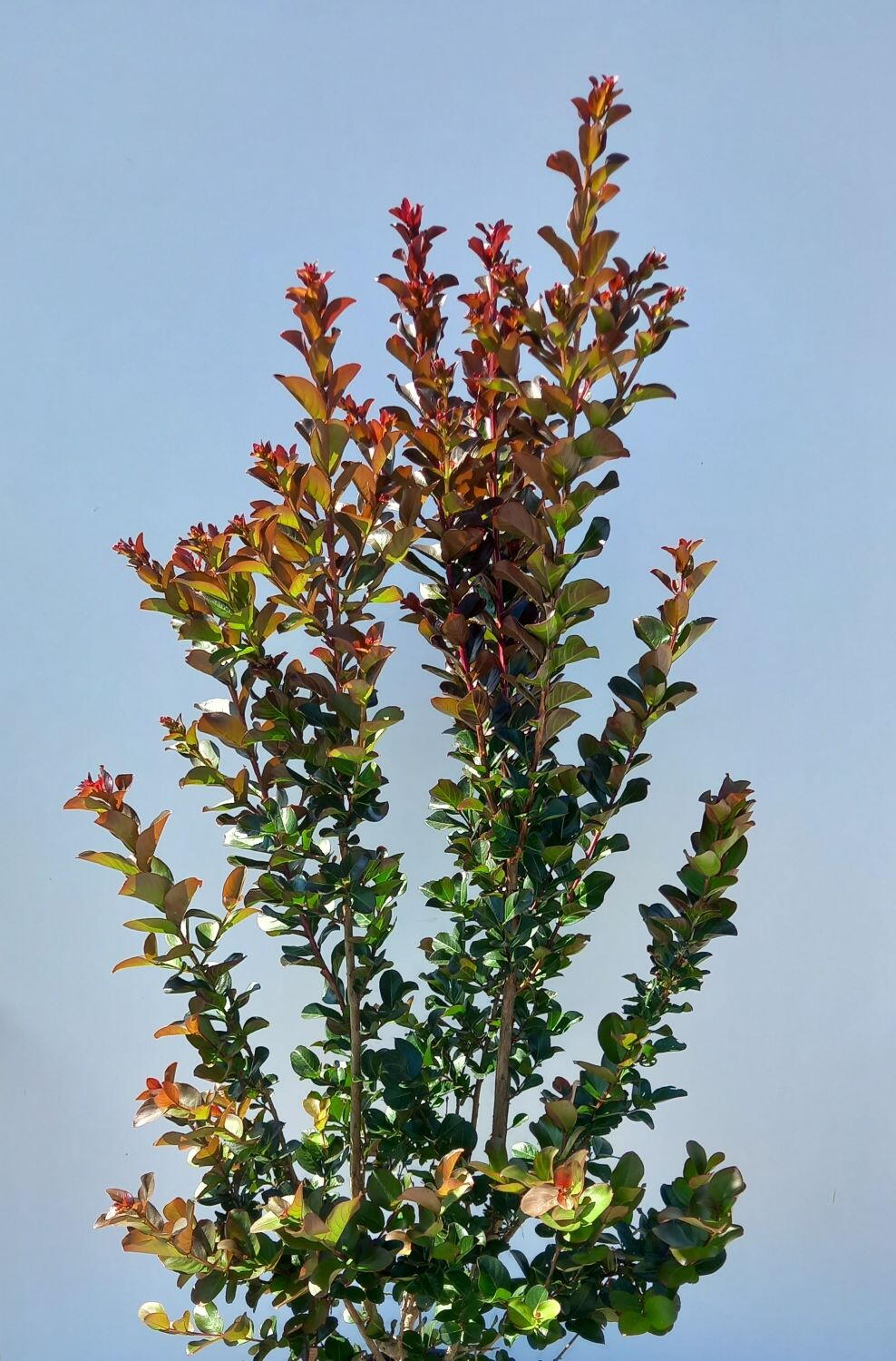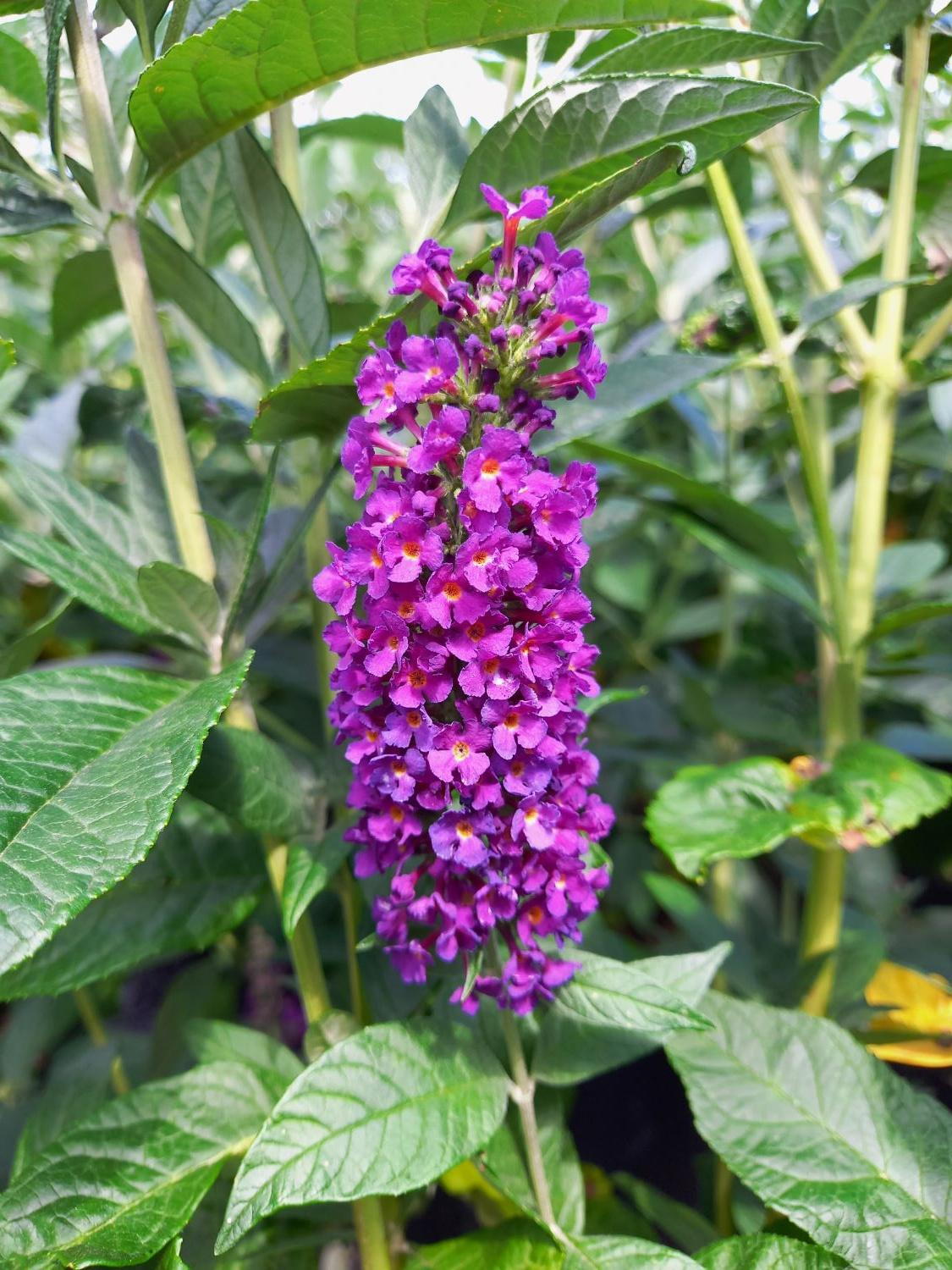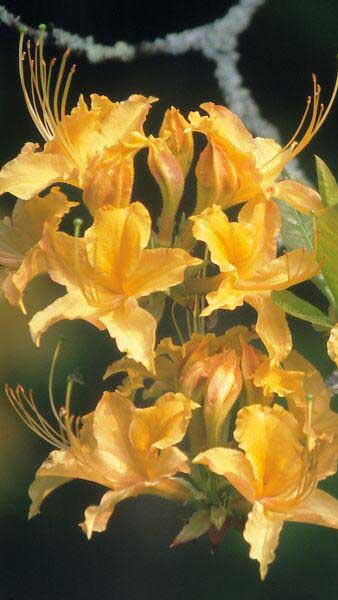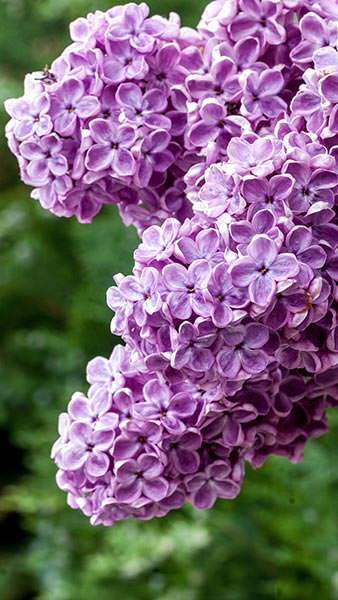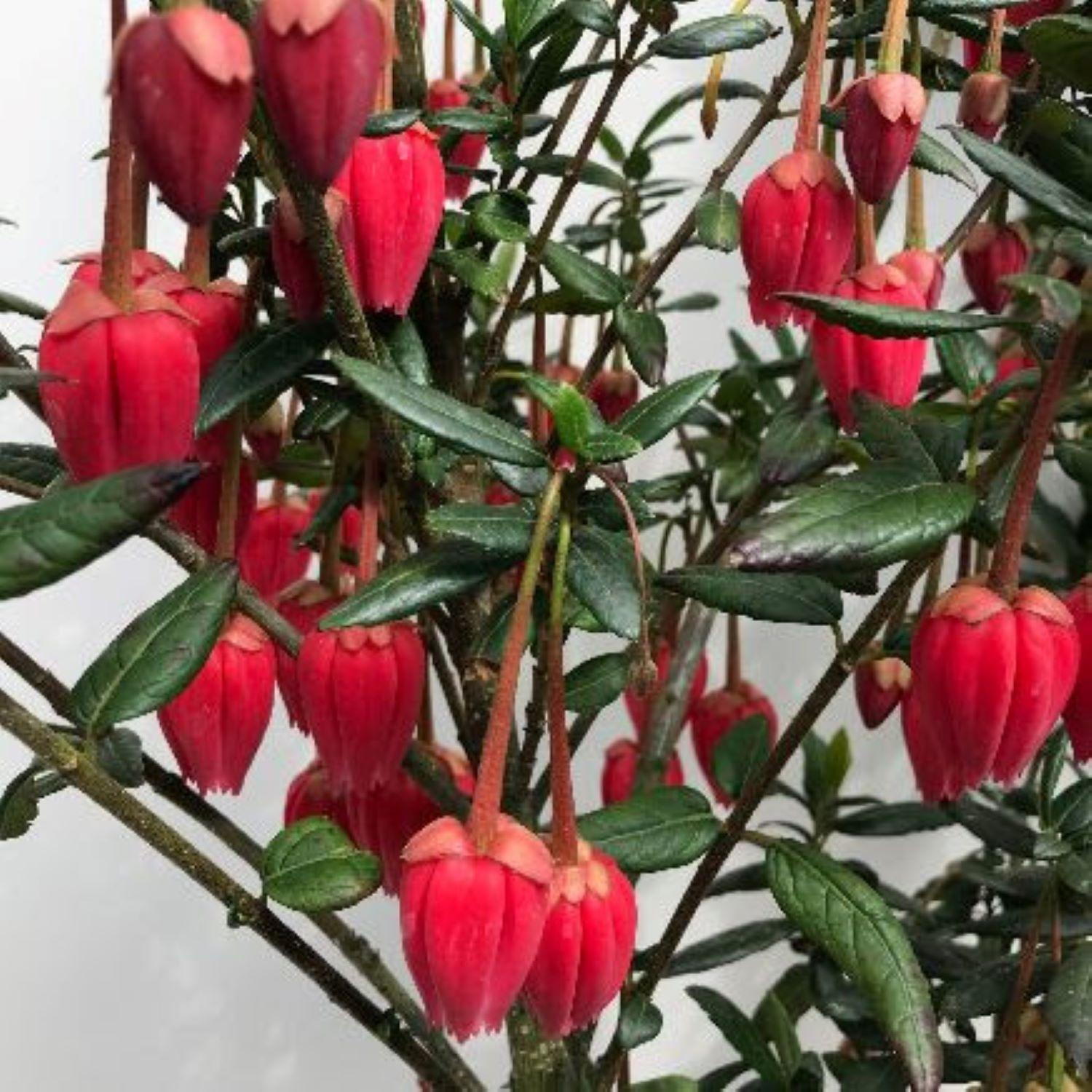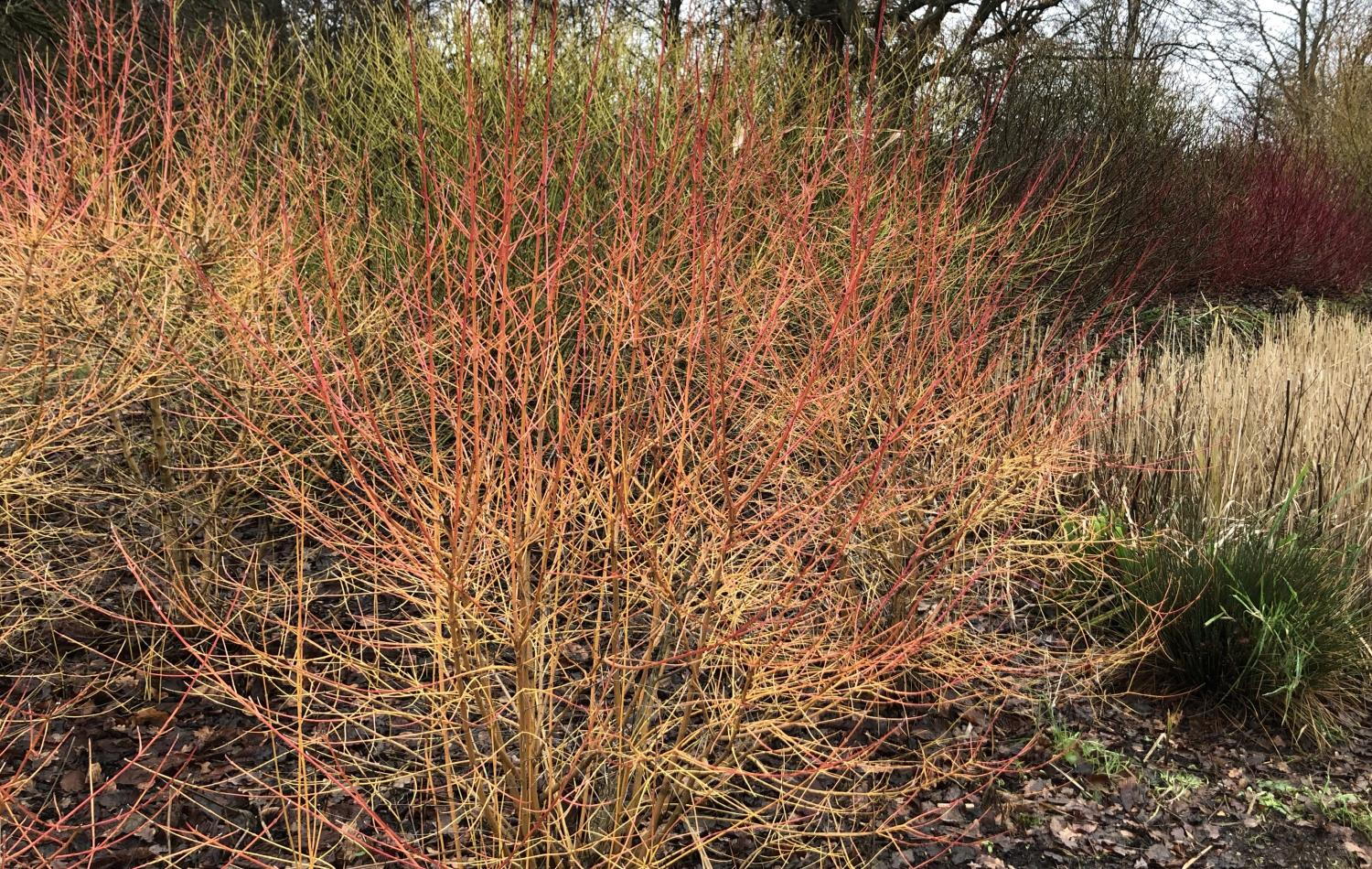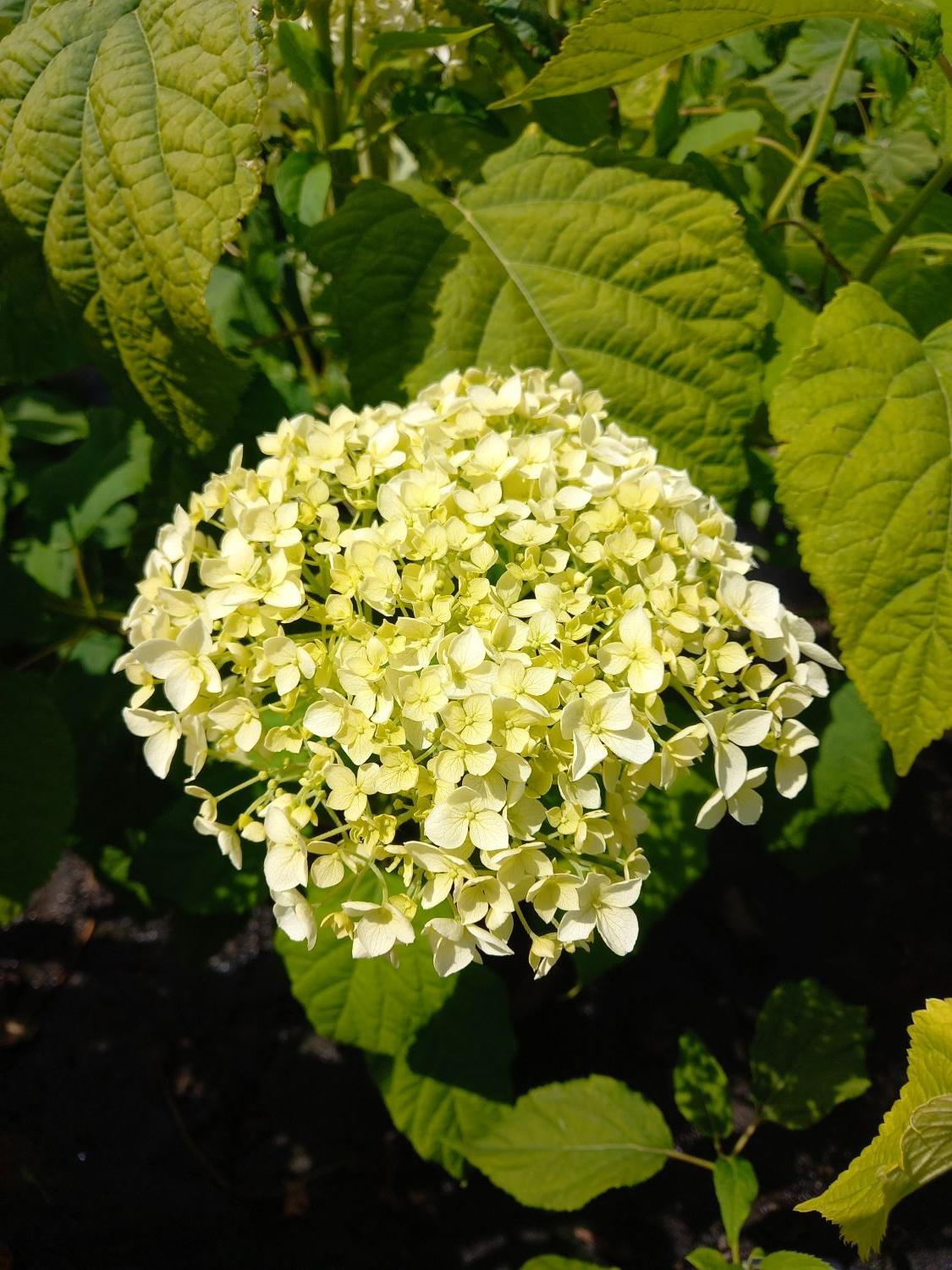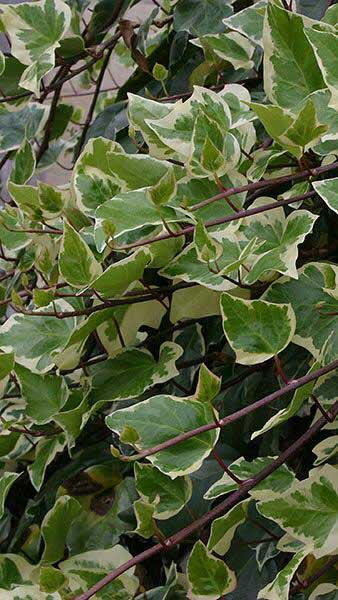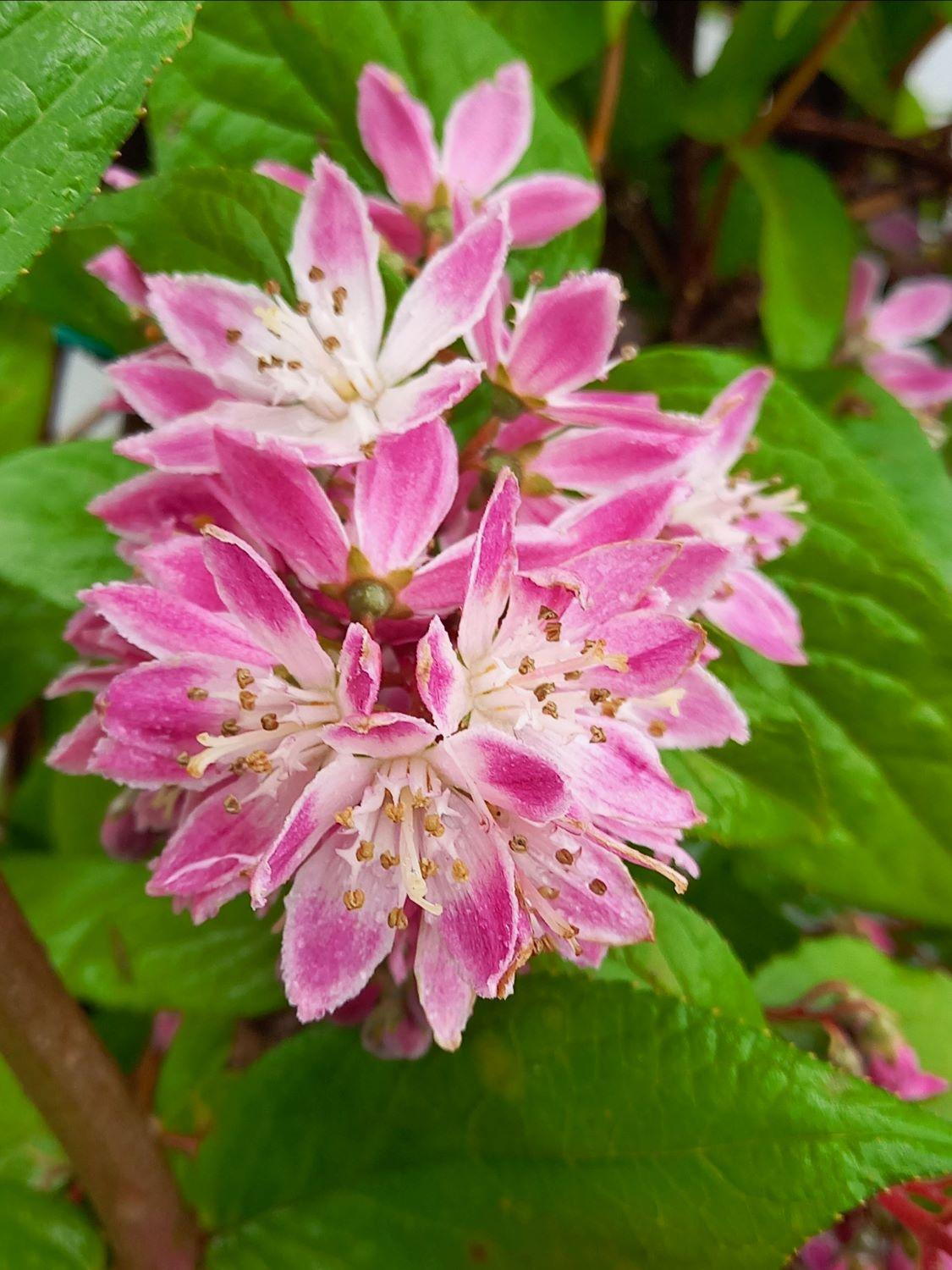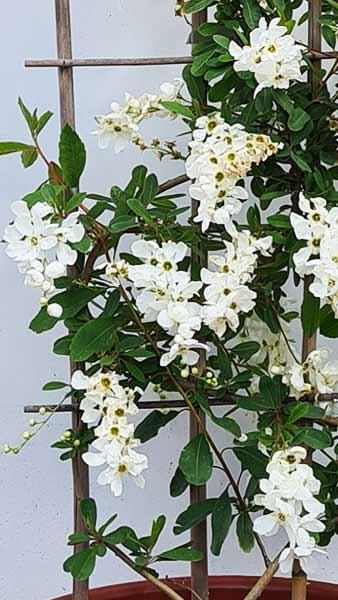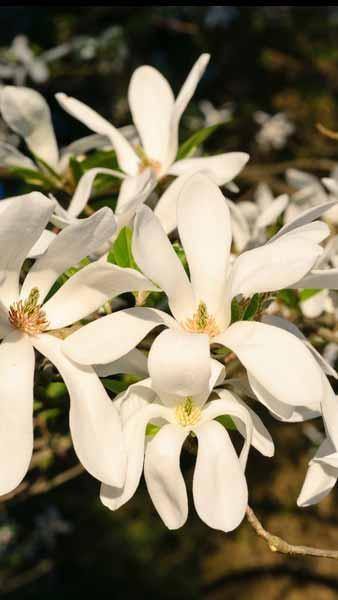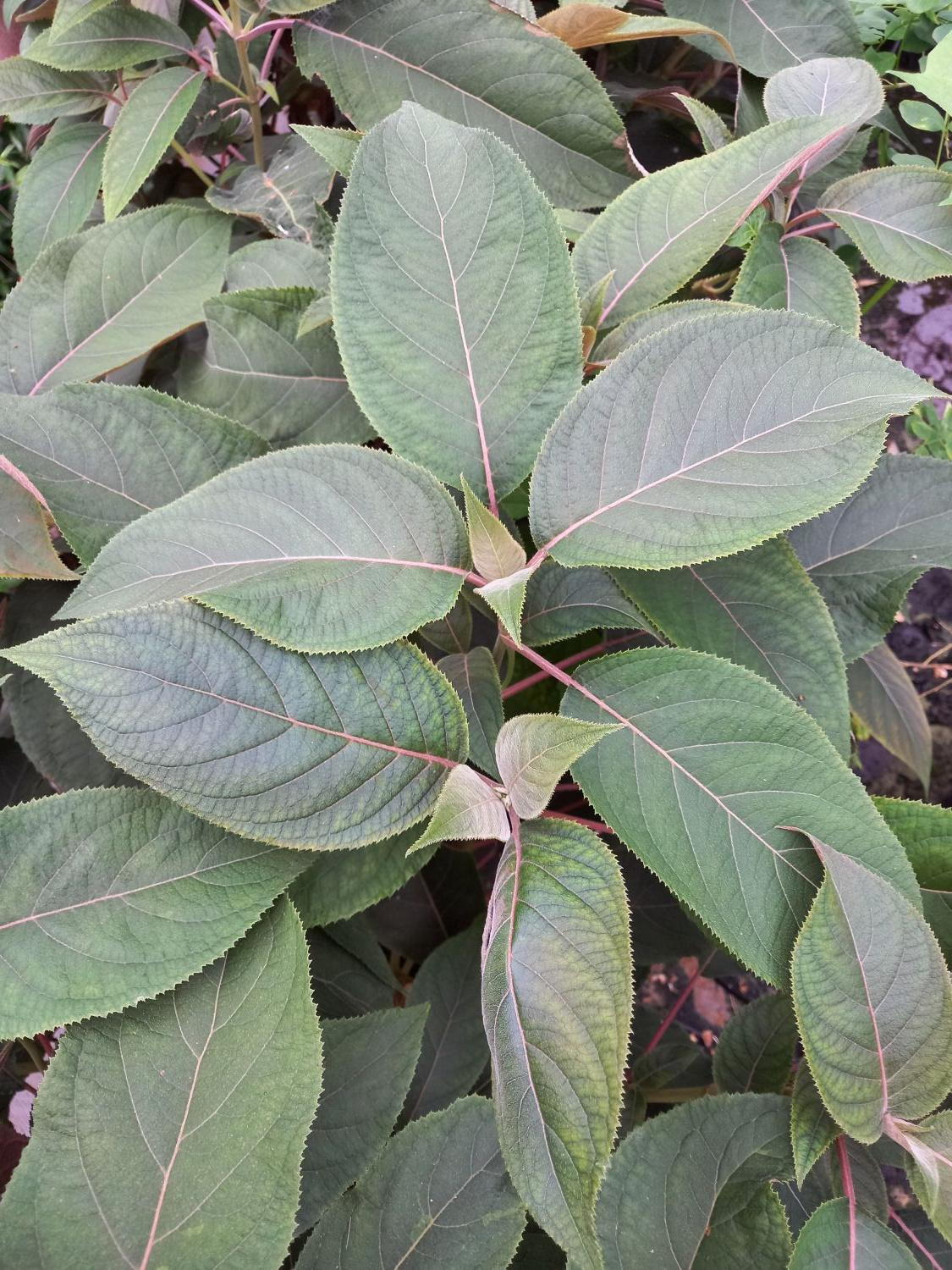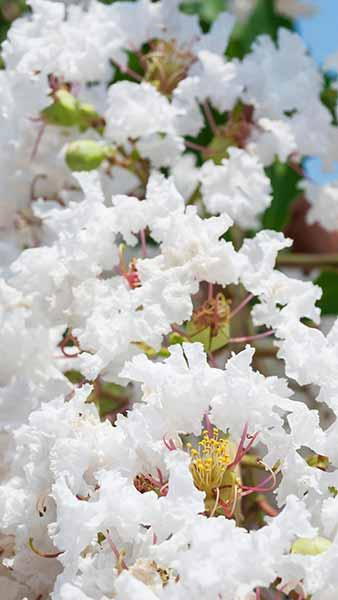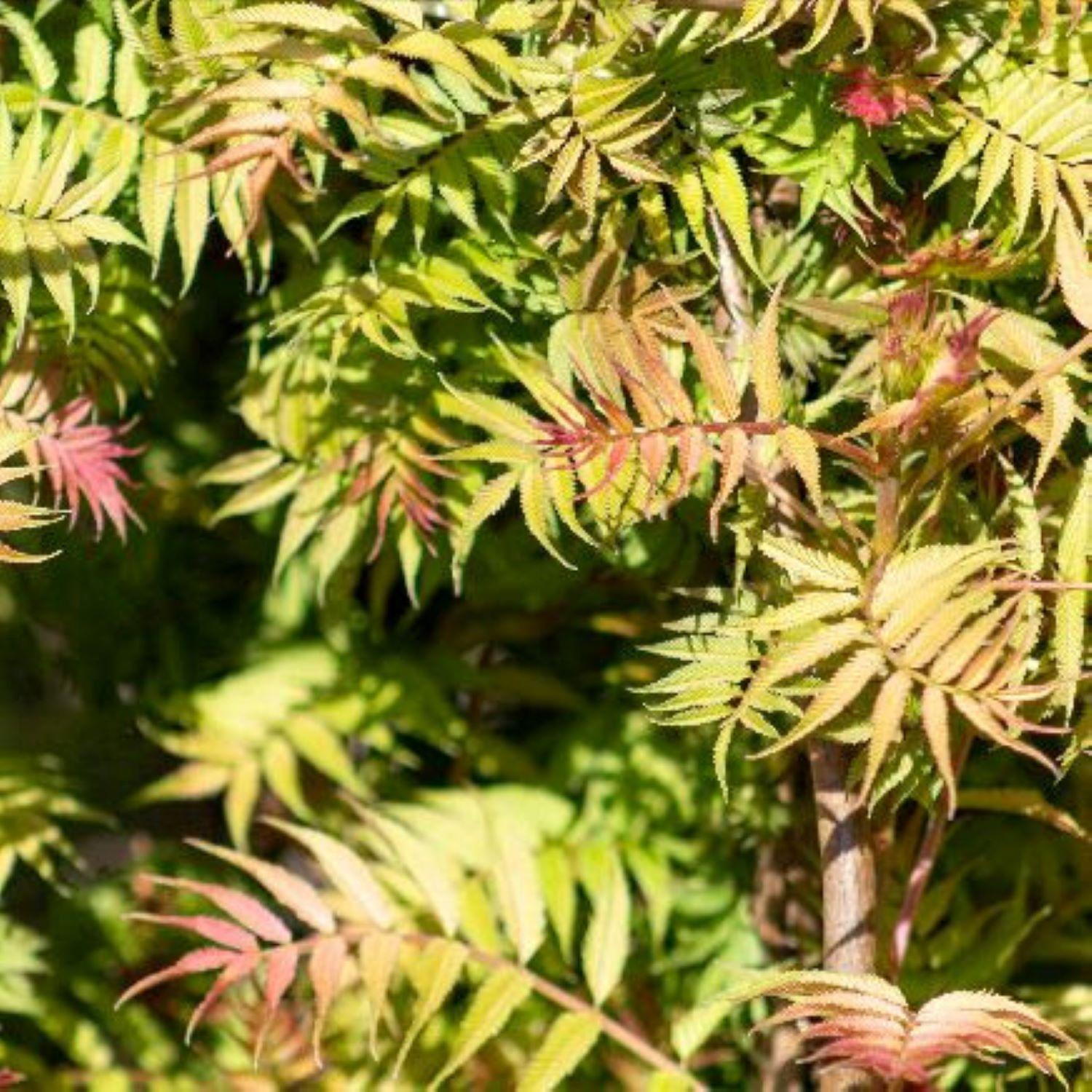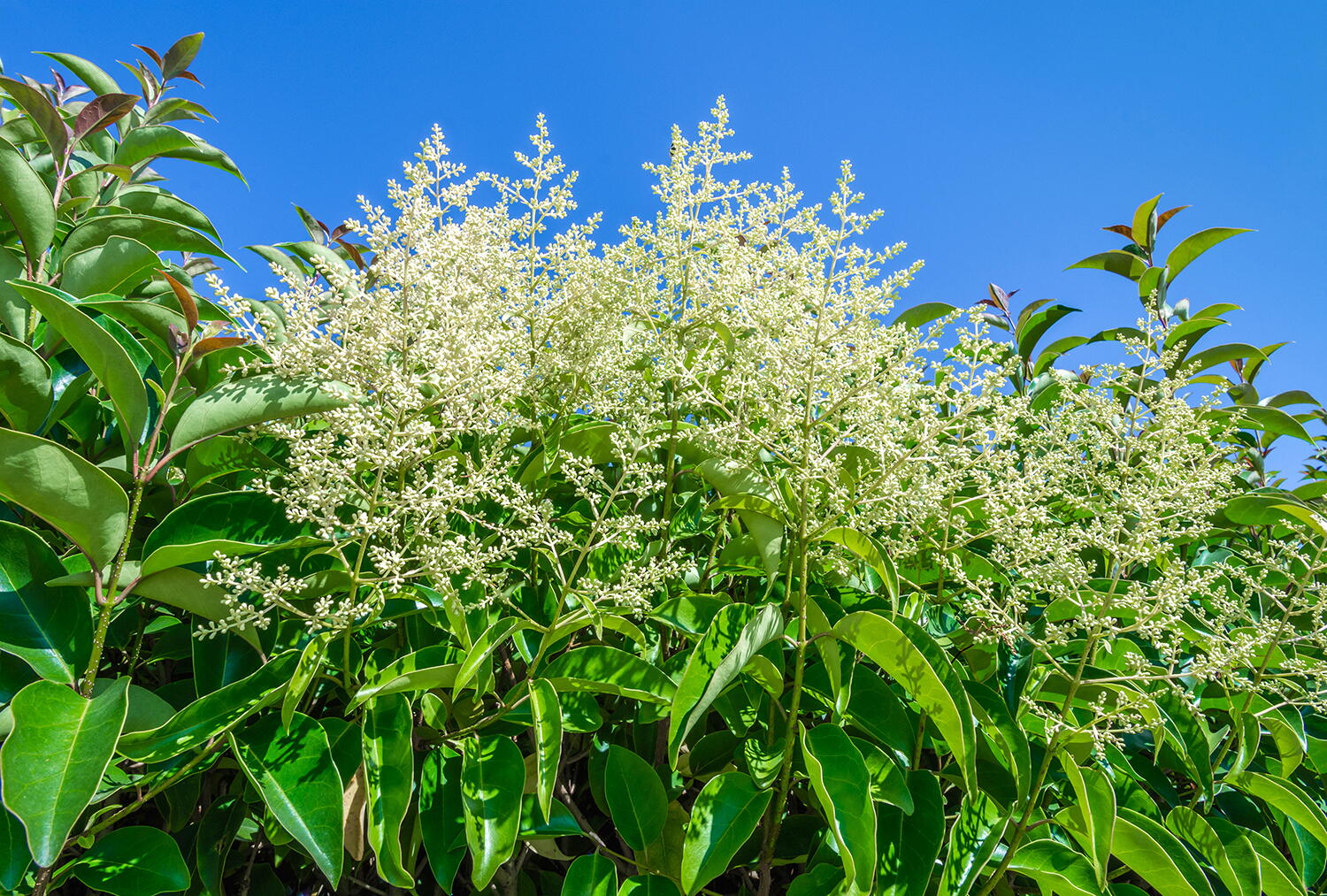Sorbaria Sorbifolia Sem False Spirea Compact Shrub for Sale
Sorbaria Sorbifolia Sem, also known as False Spirea or simply Sorbaria Sem, is a quick-growing, hardy deciduous shrub that makes an excellent ground cover or specimen plant. It has received the RHS Award of Garden Merit, demonstrating its suitability for UK gardens.Native to north-east Asia, including Siberia and Manchuria, this tough deciduous shrub has much to recommend it. Sorbaria Sem’s narrow, pinnate leaves are flushed with red and bronze hues in spring, becoming a medium green in summer, when the upright spikes of white flowers emerge. In autumn the delicate, lacy leaves turn an attractive red. Hardy in most places in the UK, even in severe winters, Sorbaria Sorbifolia Sem will grow to a mature height and spread of 1- 1.5 metres in 2 to 5 years. This shrub spreads quickly by root suckers; removing them in winter will help to control its spread. False Spirea can be pruned in spring, and will also respond well to being cut down to ground level to encourage fresh new growth. Sorbaria Sorbifolia Sem will thrive in almost any planting situation. Plant False Spirea in full sun or partial shade in any well-drained alkaline or neutral pH soil, in an exposed or sheltered location. Consider its suckering habit when selecting a spot in your garden: either place it where you will easily be able to prune its branches and roots, or where its spreading habit will not be a problem. False Spirea is generally pest and disease-free, and being tolerant of both salt and pollution, is equally well-suited to coastal and city gardens. Sorbaria Sem is also deer resistant, and so is perfect for country gardens as well!Sorbaria Sorbifolia Sem makes an excellent specimen for container planting on a roof terrace or courtyard, where its wandering habit will be kept in check. As a foundation planting or in a mixed border it will need some maintenance to keep it from spreading but its beautiful foliage makes that extra effort worthwhile! It is a good choice for a low, informal hedge, and makes a lovely understorey plant in a woodland garden. In a larger landscape, Sorbaria Sem is a natural choice for groundcover in a difficult spot, where it will quickly spread to fill the space, and provide a stunning show with its beautiful foliage from spring through autumn, as well as its summer display of flowers. Sorbaria Sorbifolia Sem can play a part in your garden plans, whether it’s a small city courtyard or a large country property. Confined to a container or given room to roam, its foliage and flowers will delight!
